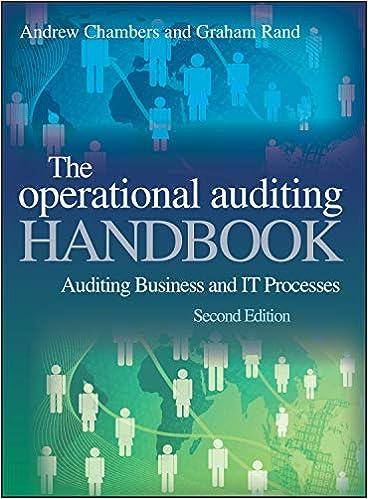
\#7. (20 Points) Consider the following modified efficiency-wage problem. Let M(p) be the monitoring cost incurred in every period when the probability of detection is p. Assume monitoring cost increase with p at an increasing rate. If the company wants to deter cheating, it can minimize its total cost in each period by choosing its wage and monitoring policy to solve: minp,wC=M(p)+ws.t.p(w)N(t)g(t) This is the minimum cost implementation problem. Assuming the firm wants to encourage (implement) a particular kind of behavior and to deter cheating, the problem is to determine the least costly way of doing so. The objective being minimized is the cost that is incurred during each period of employment, and what keeps the company from paying a low wage and doing little monitoring is the incentive constraint. It is clear that the company will not pay a higher wage than is minimally necessary to provide incentives. Therefore, at the optimal solution the constraint will be binding. w is the wage paid in the current job and is the wage from the next best alternative job. incorporates any discounting needed to take into account the cost of searching for a new job, including any period of unemployment during the search, the cost of submitting applications, etc. g is the amount the employee could gain by cheating on the job, regardless of whether s/he is detected. Here g is a function of the time spent in employment (or the job tenure of the worker). Assume the gain from cheating increases at a decreasing rate with job tenure dtdg>0.N is the multiplier to express the longterm nature of the employment relationship, adjusting for both interest and the number of periods of employment. We assume that longer job tenure leads, ceteris paribus, to a shorter expected employment relationship - the longer you have been on the job the shorter is the expected time remaining in this particular employment relationship dtdN0.N is the multiplier to express the longterm nature of the employment relationship, adjusting for both interest and the number of periods of employment. We assume that longer job tenure leads, ceteris paribus, to a shorter expected employment relationship - the longer you have been on the job the shorter is the expected time remaining in this particular employment relationship dtdN







